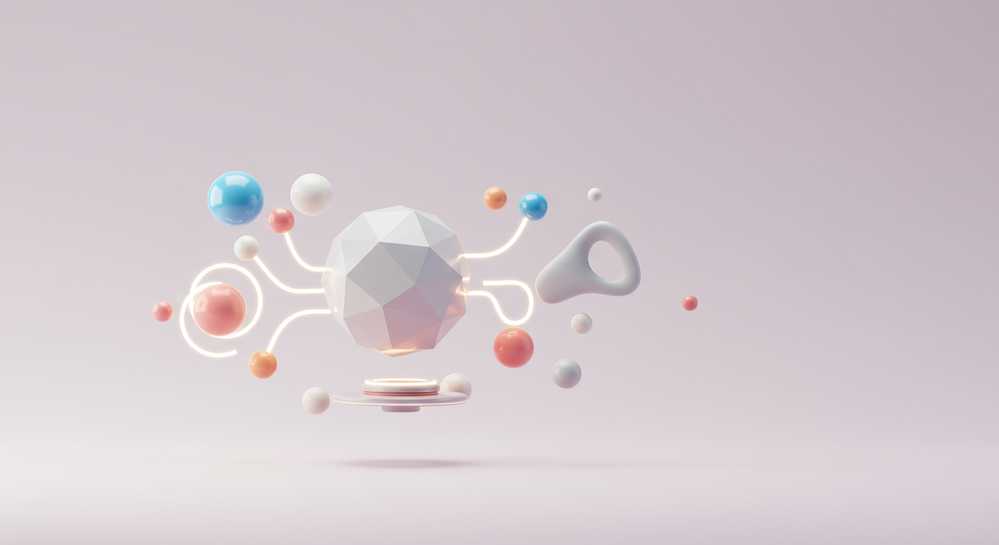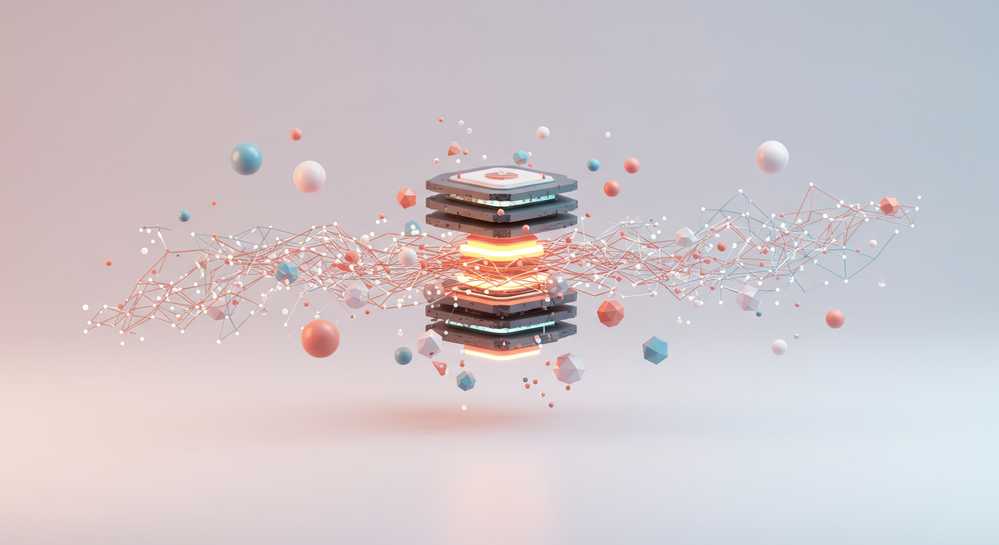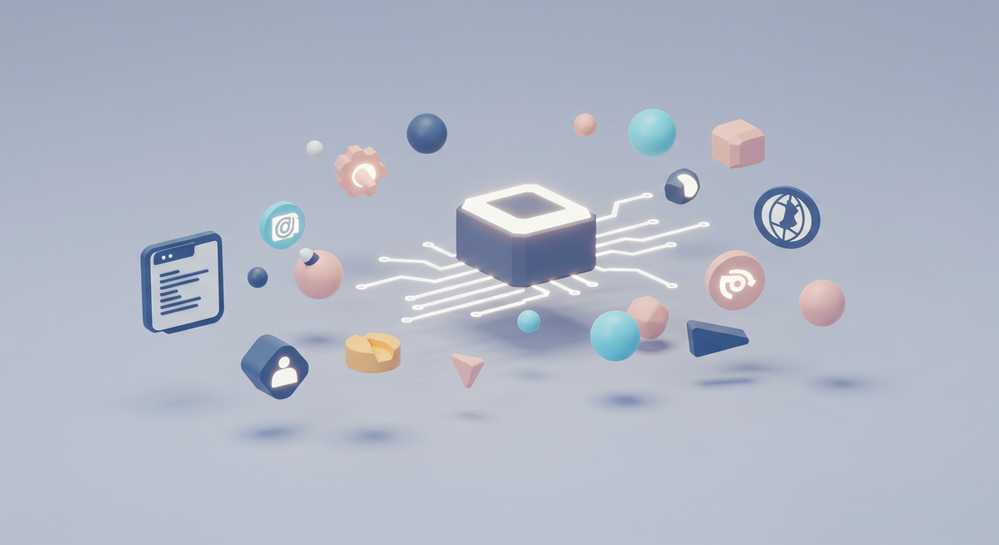In today’s digital landscape, businesses are continuously searching for innovative ways to enhance user engagement and streamline internal workflows. The kore ai agent ai stands out as a powerful solution, offering sophisticated conversational AI designed for the enterprise. This guide explores what these agents are, the technology that powers them, and their transformative impact on automation and customer experience.
Contents
What exactly is a Kore AI Agent AI

A Kore AI Agent AI is not a generic industry term but refers specifically to an intelligent virtual assistant built on the Kore.ai Experience Optimization (XO) Platform. Unlike basic, rule-based chatbots, these agents are designed for complex, human-like conversations. They can understand user intent, maintain context across multi-turn dialogues, and execute sophisticated tasks by integrating with backend business systems. This advanced capability sets them apart from simpler automated response tools.
Think of it as a digital employee capable of handling specific roles. Whether it’s a customer service agent resolving queries, an HR assistant onboarding new hires, or an IT helpdesk bot troubleshooting issues, each agent is purpose-built to automate a particular workflow. This specialization allows a Kore AI Agent AI to deliver highly accurate and contextually relevant responses. It moves far beyond simple question-and-answer interactions to become a functional part of your operations.
The core technology of the Kore AI platform

The power of a Kore AI Agent AI lies in the robust technology of the Kore.ai XO Platform. This enterprise-grade platform provides a comprehensive set of tools to design, build, and deploy intelligent virtual assistants. Its architecture uses a multi-pronged approach to AI, ensuring high performance and accuracy. This foundational technology is what enables many advanced AI trading bots and everything you need for automated systems.
- Natural Language Processing (NLP): The platform uses a sophisticated NLP engine to understand the nuances of human language, including intent and sentiment. This allows the agent to grasp what a user wants, even if phrased imperfectly.
- Multi-Engine AI Model: It combines proprietary models with other leading AI engines. This hybrid approach ensures the agent uses the best available technology for machine learning and language understanding.
- Dialogue Management: A critical component that enables agents to manage the conversation flow. It tracks context, handles interruptions, and guides users toward a successful resolution for a natural experience.
- Seamless Integrations: Agents have powerful integration capabilities through APIs. This allows them to connect securely to enterprise applications like CRM or ERP to fetch information or perform actions.
Key capabilities and real world use cases

Kore AI agents are versatile tools deployed across business functions to drive efficiency and improve user engagement. Their capabilities translate into tangible solutions for common enterprise challenges. By automating repetitive tasks and providing instant support, they empower human teams to focus on more strategic initiatives, moving beyond simple automation.
Customer service automation
This is one of the most popular use cases for a Kore AI agent AI. Agents can be deployed on websites, mobile apps, and messaging platforms to provide 24/7 customer support. They handle common inquiries like order status checks, password resets, and product questions. This significantly reduces the workload on human support teams and improves response times.
Employee productivity and HR support
Internally, these agents function as digital assistants for employees. An HR bot can answer questions about company policies, leave balances, and benefits. An IT helpdesk agent can guide employees through troubleshooting steps or create support tickets, streamlining internal processes and boosting overall productivity.
E-commerce and sales enablement
In a sales context, agents act as personal shoppers, recommending products based on user preferences. They can also qualify leads by asking preliminary questions and gathering contact information. This ensures the sales team engages with high-intent prospects after the initial automated interaction.
The primary benefits of implementing Kore AI agents
Adopting Kore AI agents brings a host of strategic advantages to an organization. Beyond simple cost savings, this technology fosters a more responsive, efficient, and data-informed business environment. The benefits are felt by customers, employees, and the bottom line, making it a transformative investment for forward-thinking companies looking to improve their operations.
- Enhanced User Experience: By providing instant, accurate, and always-available support, businesses can significantly improve customer and employee satisfaction. The conversational nature of the agents makes interactions feel more natural and less robotic.
- Increased Operational Efficiency: Automating high-volume, repetitive tasks frees up human agents to handle more complex and value-added work. This leads to better resource allocation and directly improves the ROI and profit potential.
- Scalability on Demand: A single Kore AI agent AI can handle thousands of conversations simultaneously without any degradation in performance. This allows businesses to scale support effortlessly during peak times without hiring additional staff.
- Valuable Data-Driven Insights: Every interaction with an AI agent generates valuable data. The platform provides analytics that offer deep insights into user behavior, common issues, and service trends, enabling data-informed decisions.
Ultimately, a Kore AI Agent AI is more than a simple chatbot; it is a strategic asset for creating intelligent, automated, and engaging conversational experiences. By leveraging a powerful underlying platform, businesses can achieve new heights of operational efficiency and user satisfaction. To discover more about advanced automation tools in the digital ecosystem, explore Best Dex Sniper Bots and empower your business with next-generation technology.